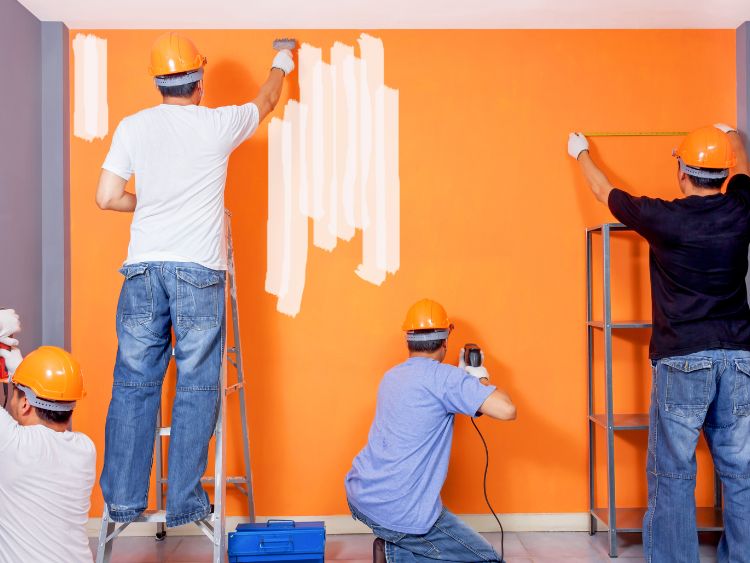The 1920s marked a turning point in men’s fashion, characterized by a refreshing break from the constraints of previous decades. The rise of the “Roaring Twenties” brought about not only cultural change but also a new sense of style. Men’s fashion became more expressive, with bold colors, patterns, and cuts that reflected the lively spirit of the age. In this article, we’ll dive deep into the world of 1920s men’s fashion, exploring its influences, key trends, iconic styles, and how this era continues to inspire modern fashion.
The Influence of the 1920s
The 1920s were shaped by various factors, including social changes, the aftermath of World War I, and the Jazz Age’s cultural boom. Here’s how these elements influenced men’s fashion:
- Economic Growth: The post-war economic boom allowed for increased consumer spending. Men began to invest in stylish clothing, reflecting their newfound prosperity.
- Social Changes: As traditional gender roles began to shift, men started embracing a more relaxed and fashionable approach to their attire.
- The Jazz Age: The emergence of jazz music and dance clubs encouraged flamboyant styles, fostering a culture of excitement and self-expression.
Key Trends in 1920s Men’s Fashion
1. The Suit: A Staple of Elegance
During the 1920s, the suit became the cornerstone of men’s fashion. Tailoring underwent a transformation, leading to the following key elements:
- Three-Piece Suits: Comprising a jacket, trousers, and a waistcoat, the three-piece suit became a symbol of sophistication. The waistcoat added an extra layer of flair and allowed for personal expression.
- Fabrics and Patterns: Tweed, wool, and silk were popular choices, often adorned with checks, stripes, or houndstooth patterns.
- Color Palette: Earthy tones like browns, greens, and greys were prevalent, but brighter hues also emerged, reflecting the vibrant culture of the time.
2. The Rise of Casual Wear
As the decade progressed, men began to embrace more casual attire, influenced by leisure activities and changing societal norms. Notable styles included:
- Sportswear: Items like blazers, flannel trousers, and knitted sweaters became popular for casual outings and sports activities.
- The Knickerbocker: Popularized by golf and tennis, these knee-length trousers allowed for greater mobility while maintaining a smart appearance.
3. Accessories that Made a Statement
Accessories played a crucial role in 1920s men’s fashion, allowing individuals to express their personality. Key accessories included:
- Fedoras and Boaters: These stylish hats were essential for a complete outfit, with fedoras often worn at a jaunty angle.
- Pocket Squares and Ties: Pocket squares added a touch of color, while ties came in various styles, including bow ties and cravats, often featuring bold patterns.
4. Footwear: The Finishing Touch
Footwear in the 1920s also saw significant evolution, reflecting the era’s sense of style:
- Oxford Shoes: Classic and versatile, Oxford shoes became a wardrobe staple, often worn with suits.
- Loafers: Comfortable and stylish, loafers were favored for more casual occasions.
Iconic Figures of 1920s Men’s Fashion
The 1920s produced a wealth of style icons whose fashion choices significantly influenced men’s attire. Some notable figures include:
- F. Scott Fitzgerald: The author of The Great Gatsby epitomized the opulent lifestyle of the era, showcasing tailored suits and dapper accessories.
- Charlie Chaplin: The legendary comedian brought a unique twist to men’s fashion, often donning a bowler hat, cane, and distinctive mustache, creating a style that remains timeless.
- Cary Grant: Known for his suave appearance, Grant’s fashion choices blended elegance with a touch of playfulness, making him a major influence on men’s style.
The Enduring Legacy of 1920s Men’s Fashion
The impact of 1920s men’s fashion continues to resonate today. Many elements of this era have made a comeback in modern style, including:
- Tailored Suits: The structured suit remains a staple for formal occasions, with contemporary designs taking cues from the elegance of the 1920s.
- Casual Styles: The shift towards relaxed clothing has influenced how men dress, with an emphasis on comfort and personal style.
- Accessories: Timeless accessories like fedoras and pocket squares have resurfaced, allowing men to add flair to their outfits.
Frequently Asked Questions
What were the key characteristics of 1920s men’s fashion?
The key characteristics included tailored suits, vibrant colors, bold patterns, and stylish accessories like hats and ties.
How did social changes influence men’s fashion in the 1920s?
Social changes led to a more relaxed approach to fashion, with men embracing casual wear and more expressive styles, reflecting the era’s spirit of liberation.
Are there modern influences from 1920s men’s fashion?
Yes! Many aspects, including tailored suits and stylish accessories, have been reinterpreted in contemporary fashion, showcasing the enduring legacy of the 1920s.
Conclusion
The 1920s were a remarkable period for men’s fashion, characterized by a bold shift towards elegance, individuality, and self-expression. From tailored suits to casual styles, this era laid the groundwork for modern menswear, leaving an indelible mark on the fashion landscape. As we continue to draw inspiration from the past, the vibrant spirit of 1920s men’s fashion lives on, reminding us of the joy of dressing well.
Authoritative Links
- https://www.vogue.com/article/1920s-fashion-menswear
- https://www.history.com/topics/1920s/1920s-fashion
- https://www.gentlemansgazette.com/1920s-style-guide/
- https://www.pbs.org/wgbh/americanexperience/features/prohibition-1920s-fashion/
- https://www.fashionhistorytimeline.com/1920s-menswear/
